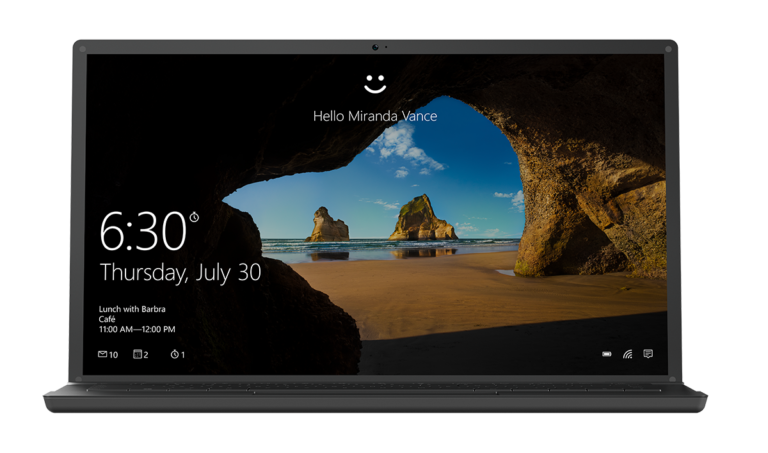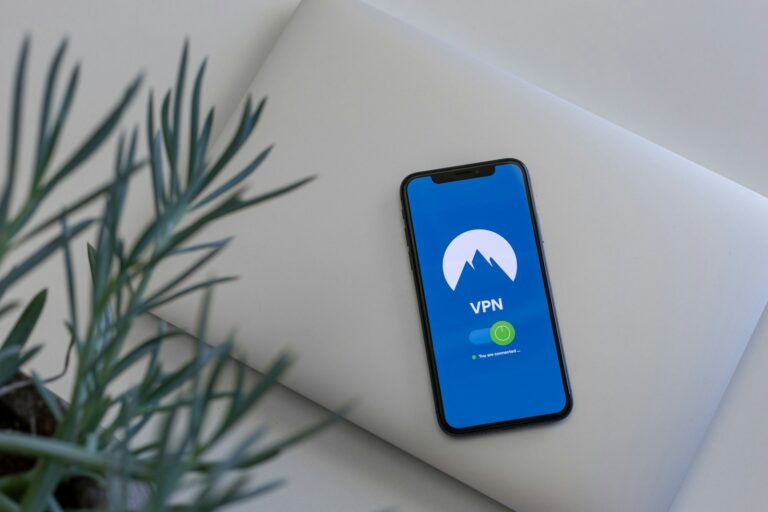
Deleting your IP address history is a topic many are curious about, especially in terms of maintaining online privacy. While you can clear your browsing history to remove some stored data, this does not completely erase your IP address history. Using tools like VPNs can mask your IP address and make it more difficult to track your online activities.
Your web browser stores a lot of information, including your IP address history. To clear it, you can go to the settings of your internet browser and choose the option to clear browsing data. Alternatively, using private browsing modes or incognito windows helps prevent the storage of this information in the first place.
Understanding how to manage your IP address history can greatly improve your online privacy. It can also protect you from potential tracking and unwanted access to your data. By being proactive, you can take effective steps to ensure your browsing habits remain confidential.
The Truth About IP Address History
What is an IP Address?
Your IP address is like your online home address. Websites and servers use it to send you the information you request. Think of it as a return address on a letter, ensuring it gets back to the right mailbox. However, unlike your physical address, your IP address can change.
How is My IP Address Tracked?
Websites and internet service providers (ISPs) log your IP address when you visit their sites or use their services. This creates a trail of your online activity, much like a breadcrumb trail through the woods.
Who Can See My IP Address History?
Anyone with access to server logs or your ISP records can see your IP address history. This includes website owners, hackers, law enforcement agencies, and sometimes even advertisers.
Why Should I Care About My IP Address History?
Your IP address history can reveal a lot about you, including your location, interests, and online habits. This information can be used to target you with ads, track your movements, or even steal your identity.
Can I Delete My IP Address History?
Unfortunately, there’s no magic button to erase your IP address history. Once it’s logged, it’s out there. However, you can take steps to protect your privacy and limit the amount of information that’s collected.
How Can I Protect My IP Address History?
| Action | Description |
|---|---|
| Use a Virtual Private Network (VPN) | A VPN masks your IP address, making it appear as if you’re browsing from a different location. This makes it harder for websites and ISPs to track your activity. |
| Use the Tor Browser | The Tor Browser bounces your traffic through a series of encrypted relays, making it virtually impossible to trace back to you. |
| Use a Proxy Server | A proxy server acts as an intermediary between you and the websites you visit, hiding your IP address in the process. |
| Clear Your Browser History and Cookies | This won’t erase your IP address history from server logs, but it will remove the local record of your browsing activity. |
| Be Mindful of What You Share Online | Avoid sharing sensitive information on public Wi-Fi networks, and be cautious about what you post on social media. |
Overview
While you can’t completely delete your IP address history, you can take steps to protect your privacy and limit the amount of information that’s collected. By using the tools and techniques mentioned above, you can browse the web more anonymously and keep your online activity out of the hands of prying eyes.
Key Takeaways
- Erasing browsing history does not fully delete IP address history
- VPNs mask IP addresses to enhance privacy
- Browsers offer options to clear and manage stored data
Understanding IP Address History
IP address history involves the tracking of IP addresses used over time by a device. This history can reveal a lot about a person’s online activities, including websites visited and interactions with Internet Service Providers (ISPs).
What Is an IP Address
An IP address is a unique identifier assigned to each device that connects to the internet. It functions much like a home address but for digital devices.
There are two main types of IP addresses: IPv4 and IPv6. IPv4 addresses are shorter and more common, while IPv6 addresses are longer and less common but are becoming more widely used as the number of devices connecting to the internet increases.
How Browsing History and IP Addresses Interact
Your browsing history includes records of websites you visit and actions you take online. Each of these activities generates web traffic that can be traced back to your IP address.
Browsers often store histories which include dates, times, and URLs clicked. When this history is combined with the IP address information, it reveals a comprehensive digital footprint. This makes it easier for websites and ISPs to track and log your online activities.
The Role of Internet Service Providers
ISPs assign IP addresses to your devices and track them for various purposes. They monitor and log web activity to ensure network security and functionality.
ISPs can keep records of your IP address history, which includes logs of when and where you connected to the internet. This information can be used for customer service to resolve issues, or in some cases, for legal compliance if needed.
Methods to Manage IP Address History
Managing your IP address history involves several tactics including using VPNs, adjusting browser settings, modifying router settings, and clearing local logs. Each method offers varying levels of privacy and security. Here are the key strategies:
Using VPNs for Anonymity
A Virtual Private Network (VPN) can hide your IP address by routing your internet traffic through a VPN server. This masks your real IP address, giving you anonymity online. VPNs also encrypt your data, making it difficult for anyone to track your activities.
VPNs like NordVPN or ExpressVPN provide user-friendly apps. These are easy to set up on Windows, macOS, and mobile devices. Some routers support VPN services natively, which helps protect all devices connected to the network.
Leveraging Incognito Mode and Browser Settings
Incognito mode, available in browsers like Chrome and Firefox, prevents your browser from saving browsing history, cookies, and cache during the session. It’s useful for temporary privacy but does not mask your IP address.
To remove saved data, you can clear browser history manually. In Chrome, go to Settings, then click on “Privacy and security” and select “Clear browsing data.” Make sure to choose the time range and the types of data you want to clear. Repeat the procedure regularly for better privacy.
Adjusting Router Settings
You can manage IP history by adjusting settings on your Wi-Fi router. Access your router’s admin panel by entering its IP address in a web browser. Usually, this is something like 192.168.1.1. Default login credentials are often “admin” for both username and password.
Once inside, look for a log settings or system log section. Clear logs containing your browsing activity and, if possible, disable logging. Each router brand has different steps, so check the user manual for specifics. This helps to ensure that your router does not store unnecessary data.
Clearing Local Logs
Operating systems like Windows keep local logs of network activity. You can access and clear these through system tools. In Windows, use the Event Viewer to find the logs. Run a command prompt with administrator rights and type “eventvwr”. Navigate to Windows Logs > System and use the “Clear Log” option.
Additionally, periodic deletion of browser logs and system caches can further secure your privacy. Check your router’s manual to delete logs stored locally in the device. Regular maintenance ensures minimal retention of your browsing data.
Frequently Asked Questions
Removing your IP address history can be a bit tricky as it involves multiple steps depending on your device and platform. Below are answers to some of the most common questions about deleting IP address history.
How can I remove the history of my IP address on my Android device?
To remove the history on an Android device, open the browser app. Go to settings and select “Privacy.” Choose “Clear browsing data” and select the desired timeframe. Confirm by tapping “Clear data.”
Is it possible to erase the history associated with my IP address on my iPhone?
Yes. Open the Safari app on your iPhone. Tap the book icon at the bottom. Select “History” and then “Clear.” Choose the time range and tap “Clear History and Data.”
What steps are required to clear the IP address history on a Windows 10 system?
On Windows 10, you can use Command Prompt. Type ipconfig /release followed by ipconfig /renew to reset your IP address. For browsers, open settings, navigate to “Privacy & Security,” and clear your browsing data.
Can an individual with access to my IP address view my browsing history?
Knowing your IP address alone does not reveal your browsing history. Browsing data is typically hidden behind encryption and multiple layers of security. However, ISPs can monitor your activities.
What is the procedure to clear an IP address from a network device?
To clear an IP address from a router or network device, access the router settings through a web browser. Log in, find the DHCP client list or IP address allocation section, and remove or clear the entries.
For what duration is the history related to an IP address maintained?
The duration depends on the system or service keeping the records. ISPs may keep logs for months, while routers typically clear logs periodically. Check specific policies to understand the retention period.
For more detailed information, visit stepofweb.com or How-To Geek.


